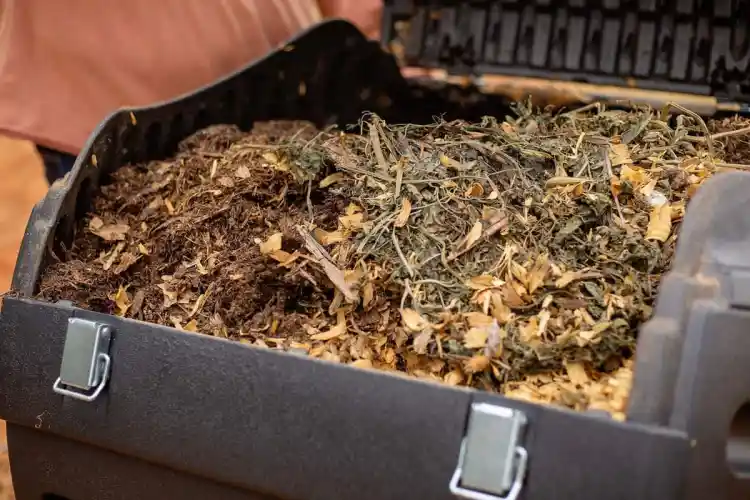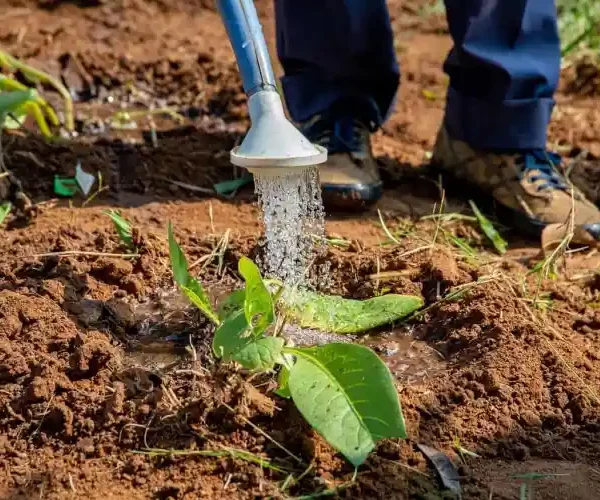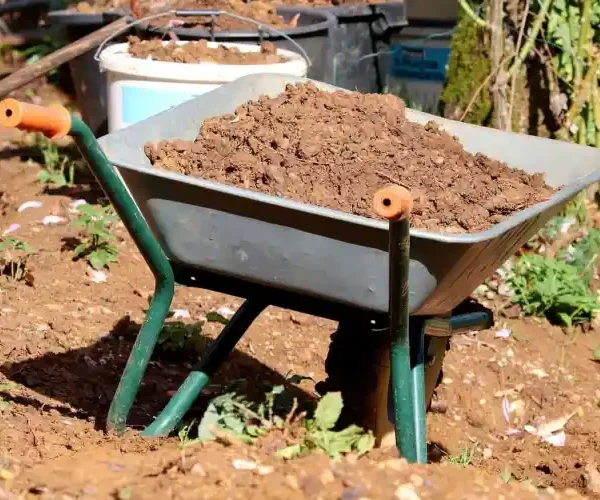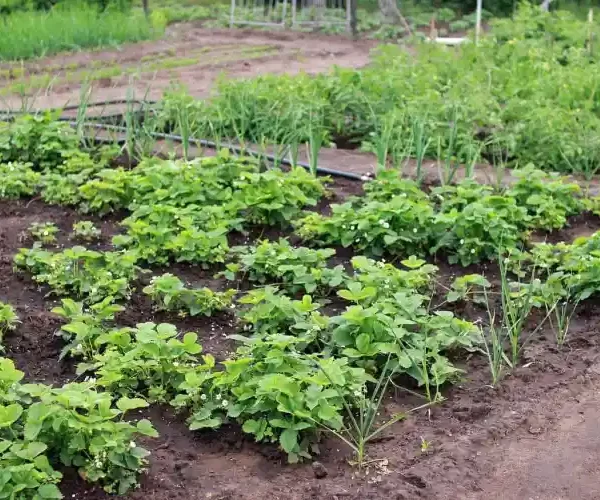Understanding Waterlogging in Vegetable Gardens
Waterlogging occurs when soil becomes saturated with water, leading to poor drainage and reduced oxygen levels in the root zone. This can hinder plant growth, promote root rot, and increase susceptibility to diseases.
Assessing the Causes of Waterlogging
Before implementing solutions, it’s essential to identify the underlying causes of waterlogging in your vegetable garden. Common factors include heavy clay soils, compacted soil layers, inadequate drainage systems, and improper garden layout or grading.
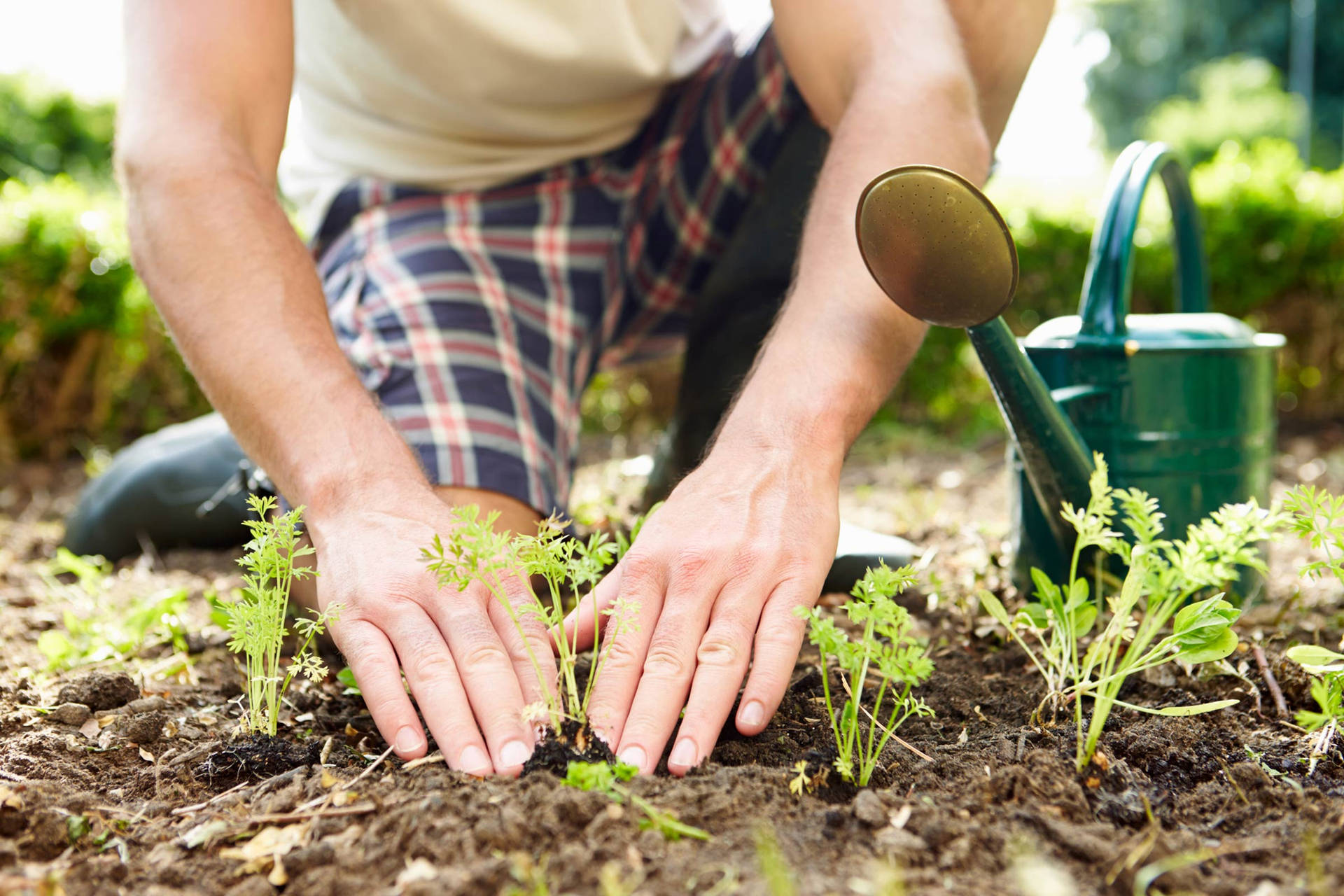
Implementing Drainage Improvements
Improving drainage is key to addressing waterlogged areas in your vegetable garden. Techniques such as installing French drains, adding organic matter to improve soil structure, and creating raised beds can help redirect excess water away from plant roots.
Choosing Suitable Plant Varieties
Selecting vegetable varieties that are tolerant of wet conditions can help mitigate the effects of waterlogging. Look for cultivars known for their resilience to waterlogged soils, such as watercress, water spinach, and certain types of lettuce and herbs.
Managing Irrigation Practices
Proper irrigation management is crucial for preventing waterlogging in vegetable gardens. Avoid overwatering by watering plants deeply but infrequently, and consider using drip irrigation or soaker hoses to deliver water directly to the root zone while minimizing surface runoff.
Improving Soil Structure
Amending soil structure can enhance drainage and aeration, reducing the risk of waterlogging. Incorporating organic matter such as compost, leaf mold, or well-rotted manure into the soil can improve its texture and water-holding capacity.
Utilizing Raised Beds
Raised beds offer several advantages for managing waterlogged areas in vegetable gardens. They provide better drainage, improve soil aeration, and allow for more precise control over soil moisture levels. Construct raised beds using untreated lumber, bricks, or other suitable materials.
Implementing Landscape Grading
Proper landscape grading can help prevent waterlogging by ensuring that excess water drains away from the vegetable garden. Grade the garden area to slope gently away from buildings and low-lying areas, directing water towards drainage channels or collection points.
Consulting Local Resources
For personalized advice and recommendations tailored to your specific location and soil conditions, consider consulting local agricultural extension offices, horticultural societies, or master gardeners. These resources can provide valuable insights and assistance in managing waterlogged areas effectively.
Conclusion
Waterlogged areas in a vegetable garden can present significant challenges, but with the right strategies and interventions, they can be managed effectively. By addressing drainage issues, selecting appropriate plant varieties, and implementing soil improvements, you can create a healthy and productive vegetable garden that thrives despite waterlogging concerns.
What causes waterlogging in vegetable gardens?
Waterlogging in vegetable gardens is typically caused by poor drainage, which can result from heavy clay soils, compacted soil layers, inadequate slope or grading, and excessive rainfall or irrigation.
How can I tell if my vegetable garden is waterlogged?
Signs of waterlogging in a vegetable garden include standing water, muddy or water-saturated soil, wilting or yellowing plants, stunted growth, and increased susceptibility to root rot and fungal diseases.
What are the effects of waterlogging on vegetable plants?
Waterlogging can have detrimental effects on vegetable plants, including reduced oxygen availability to roots, inhibited nutrient uptake, root suffocation, increased susceptibility to diseases, and stunted growth or death of plants.
Are there certain vegetable varieties that are more tolerant of waterlogged conditions?
Yes, some vegetable varieties are more tolerant of waterlogged conditions than others. Water-loving vegetables such as watercress, water spinach, and certain types of lettuce and herbs are better suited for growing in waterlogged areas.
Should I avoid planting certain vegetables in waterlogged areas of my garden?
It’s advisable to avoid planting vegetables that are sensitive to waterlogging in areas prone to excess moisture. Instead, focus on selecting varieties that are tolerant of wet conditions or consider implementing drainage improvements before planting.
What drainage solutions can I implement to address waterlogging in my vegetable garden?
Effective drainage solutions for waterlogged vegetable gardens include installing French drains, incorporating organic matter to improve soil structure, creating raised beds, and ensuring proper landscape grading to redirect excess water away from the garden.
Is it possible to improve soil structure to prevent waterlogging?
Yes, improving soil structure through the addition of organic matter such as compost, leaf mold, or well-rotted manure can enhance drainage and aeration, reducing the risk of waterlogging in vegetable gardens.
Are raised beds effective for managing waterlogged areas in vegetable gardens?
Yes, raised beds can be highly effective for managing waterlogged areas in vegetable gardens. They provide better drainage, improve soil aeration, and allow for more precise control over soil moisture levels.
How often should I water my vegetable garden to prevent waterlogging?
To prevent waterlogging, it’s essential to water your vegetable garden deeply but infrequently, allowing the soil to dry out slightly between waterings. Use drip irrigation or soaker hoses to deliver water directly to the root zone and minimize surface runoff.
Can I incorporate water-loving plants to help absorb excess moisture in waterlogged areas?
Yes, incorporating water-loving plants such as marsh marigold, cattails, and irises can help absorb excess moisture and improve drainage in waterlogged areas of the vegetable garden. However, be mindful of their growth habits and potential to spread.
- Best THC Sodas to Buy in Arkansas - May 28, 2025
- Exploring THC-Infused Sodas in Arkansas - May 28, 2025
- THC Beverages Now Trending in Alabama - May 28, 2025

